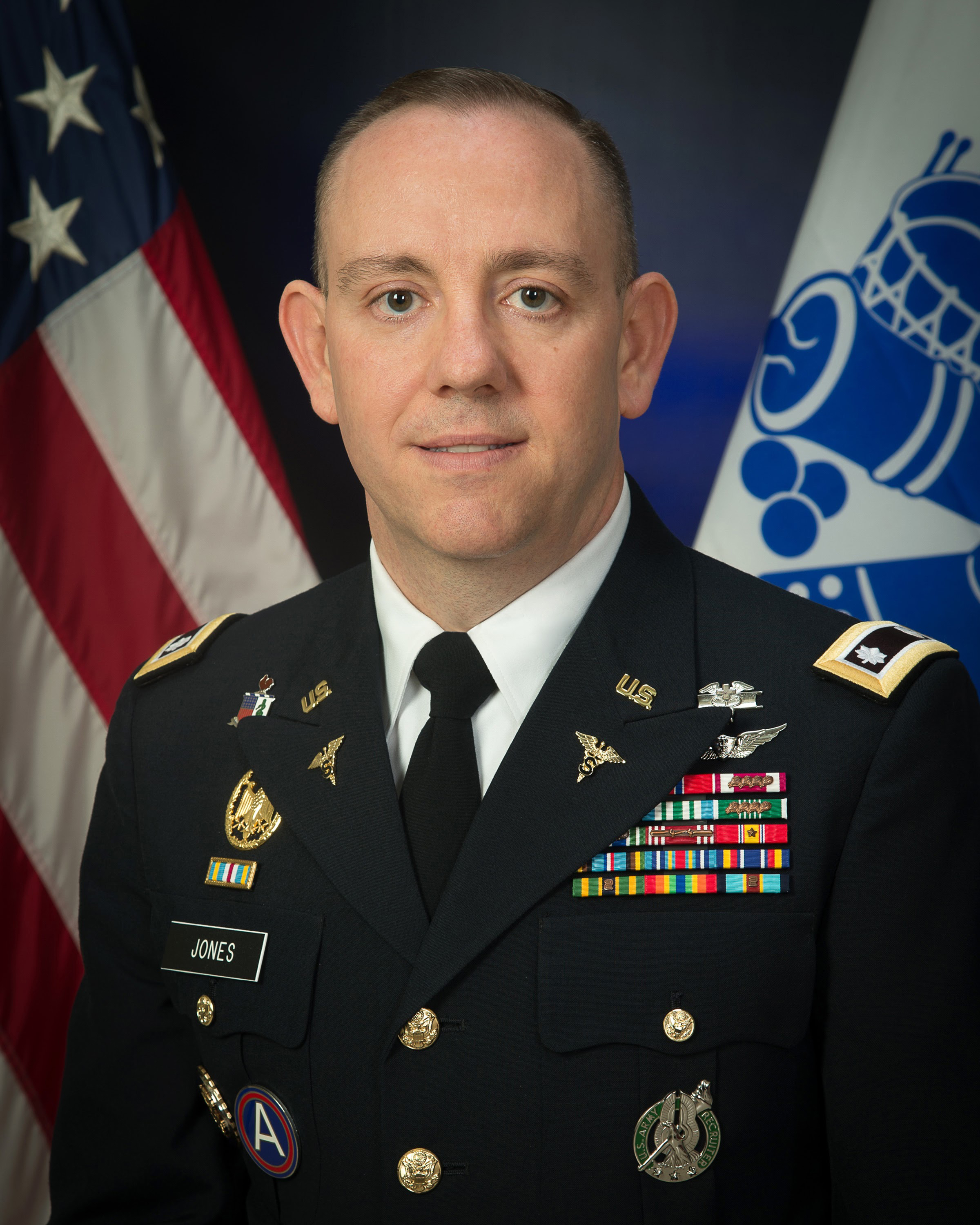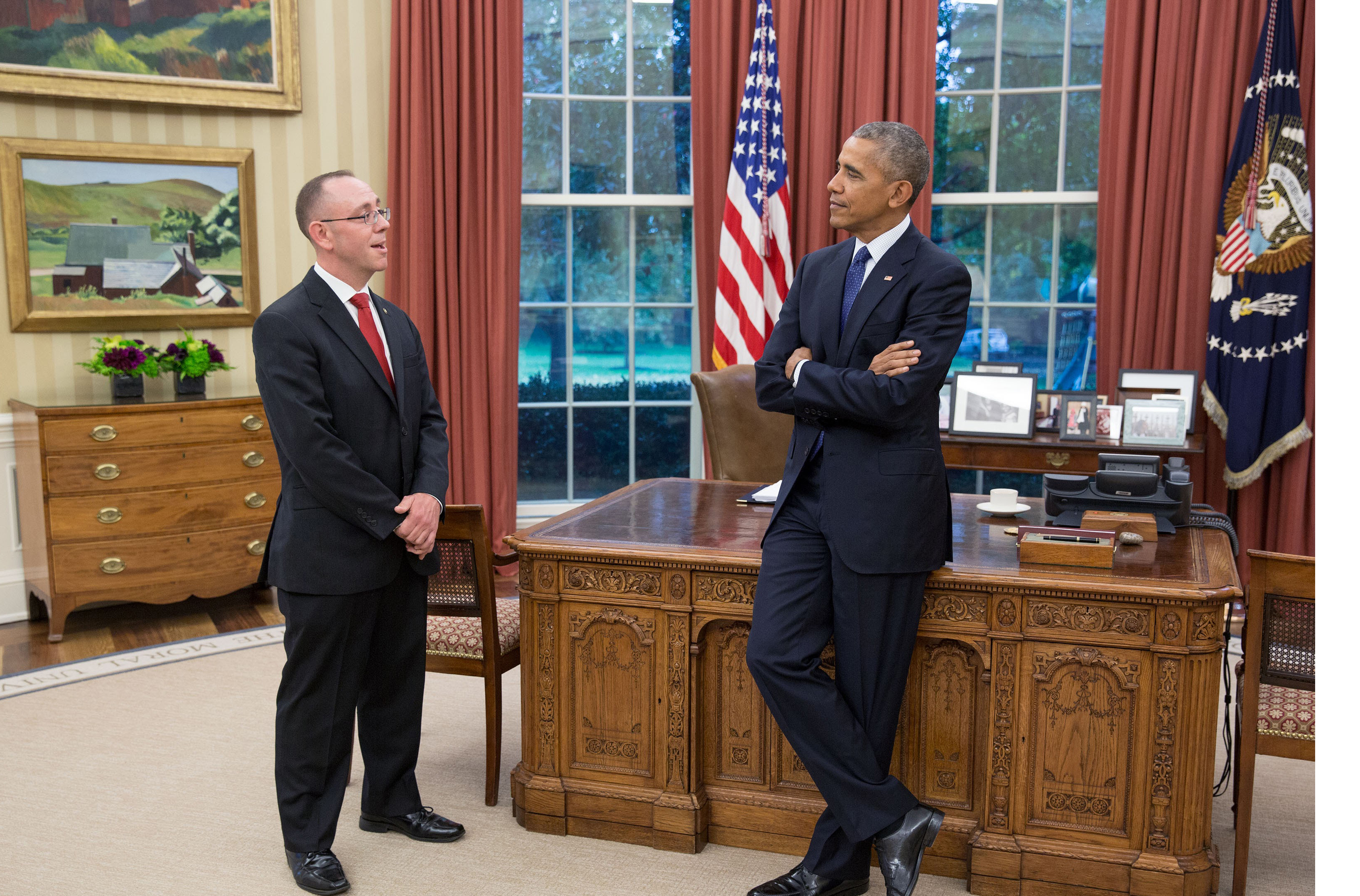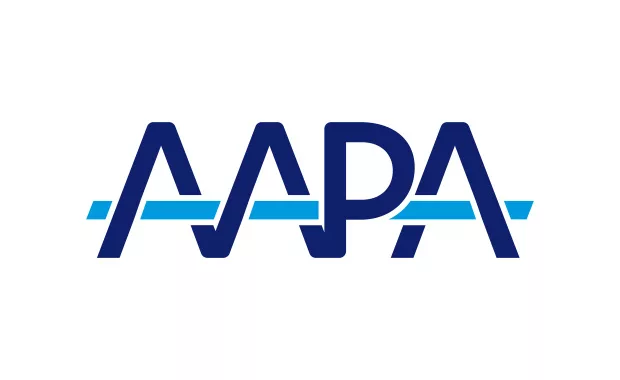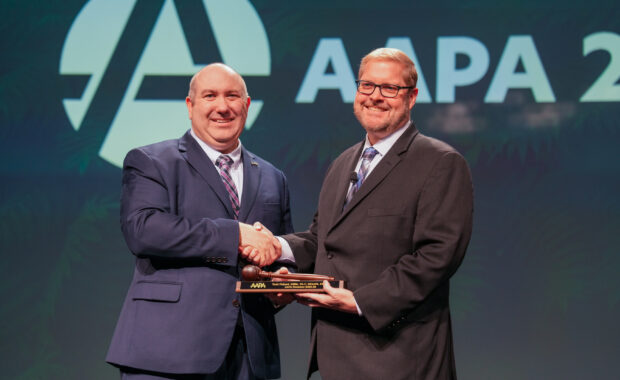PA LTC Jones Practices Protective Medicine at the White House
December 11, 2018
By Hillel Kuttler
The tables were turned on PA James Jones in Peru’s Amazon jungle in October 2016.

Jones, a U.S. Army lieutenant colonel working in the White House Medical Unit, was on the detail assigned to President Obama’s daughter Malia during a post-high school program in Peru. Forty-five minutes into a hike, he fell into a bush. Jones became unconscious – twice. The team’s Secret Service agents treating him telephoned White House physician Ronny Jackson, M.D., who determined that a pit viper, apparently lying in the bush, bit Jones.
Jones was transported to a hospital in the city of Cusco, where anti-venom serum was administered. He soon recovered.
[New Federal Report Supports AAPA Priorities to Modernize PA Practice.]
Jones has experienced several dramatic medical moments in his near-decade at the White House, but that time he was the patient.
Earlier in Peru, Jones treated two students and a Secret Service agent with fluid in their lungs caused by the 18,000-foot altitude. He provided supplemental oxygen, acetazolamide, dexamethasone, non-steroidal anti-inflammatory medications and intravenous fluids, and closely monitored their vital signs. (Last April, Jones and the agents received awards for their lifesaving responses.)
Flying to India in 2015 to prepare for President Obama’s visit, Jones treated a flight attendant with a swelled airway, an anaphylactic reaction to shellfish she unwittingly ate.
That episode, said Jones, was “a little scary.”
Jones has visited 72 countries and every U.S. state in his job, which entails caring for the president, vice president, Cabinet secretaries, key White House personnel, some of their families and tourists visiting the building.

Jones works in the West Wing, where he was heading when AAPA interviewed him in mid-October. That clinic is staffed at all times by a physician, a PA and a nurse. Sixteen PAs work there, more than triple the number when Jones took the job in 2008 for the first of three presidential administrations.
A typical day involves primary-care management, treating patients with knee and back pain or with viral illnesses.
Jones does much contingency planning: visiting medical facilities around the United States and abroad before the president and vice president arrive. Should care be required – such as for trauma, cardiac incidents or a stroke – everything will already be in place.
Of greatest concern, including at the White House, are respiratory illnesses that can spread to America’s leaders, Jones said. Collaborating with the Secret Service, “we are constantly assessing that threat,” he said. “It’s protective medicine.”
Ryan Nordyke, a Secret Service special agent, said it was “a great honor” to treat Jones in Peru.
“For him to be the patient when he was helping so many people [including Peruvians who’d heard of his presence] – helping him live couldn’t have happened to a better person,” Nordyke said.
It never dawned on Jones upon entering the military or the PA profession (after earning degrees from the University of Nebraska PA Program in 1999 and 2000) that he’d work at the White House. But he jumped at what he called an “incredible opportunity.”
He won’t say much about the attraction of working in one of the country’s most important buildings.
“When we recruit people, we have to eliminate that excitement,” he said. “You have to treat [patients] with the proper medical care … so you’re not clouded by who they are. One of our key mantras is: There’s no politics in medicine.”
Before taking the job, Jones planned to retire at the rank of captain. Now, he thinks he’ll stay until May 2019, upon completing 30 years of military service. Jones wouldn’t have become a PA had he not, as a dental hygienist, cleaned the teeth of an Army PA in Alaska and “become fascinated by the profession” during that appointment, he said.
“I always loved taking care of people. I could do health care 24 hours a day,” he said. “The highlight of my career was going through PA school. I’m so glad I did it.”
Post-military could mean Jones & Jones, Inc. His son, James Jones Jr., a U.S. Army captain and physician, is now doing his medical residency in dermatology and plans to enter private practice.
“He’s the one who instilled my work ethic,” Jones Jr. said, “so I’m sure we’d get along great professionally.”
From the White House to the School House
After nine years at the White House, on Oct. 1, 2018, LTC Jones was named Branch Chief and Associate Professor for the Interservice Physician Assistant Program (IPAP), located at the Army Medical Department Center and school (AMEDDC&S), Fort Sam Houston, Texas. IPAP is nicknamed “the school house.” LTC Jones describes it below.
“The IPAP mission is to provide the uniformed services with highly competent, compassionate PAs who model integrity, strive for leadership excellence, and are committed to lifelong learning. Our graduates are commissioned into the officer corps of their respective service and take their place beside other military health care professionals in providing medical services to active duty military personnel, their dependents, and retirees. The IPAP graduate earns a Master of Physician Assistant Studies (MPAS) degree from the affiliated university.
“As the branch Chief, I am responsible for the education of outstanding Physician Assistants for the Army. Our main campus is located on Historic Fort Sam Houston, Texas, in the heart of beautiful San Antonio, Texas. Here all IPAP students complete their 16-month didactic phase of training. Phase 1 consists of basic medical science courses intended to develop a student`s knowledge of critical medical concepts. After completing this portion of the curriculum, students continue with their medical clerkships at one of 22 medical Phase 2 sites across the country. These Phase 2 sites are located at military installations with medical facilities adequate to support the base rotations required to be a successful Physician Assistant.”
Hillel Kuttler is a freelance writer. Contact him at [email protected]. This article was originally published in November 2017, and has been updated.
Thank you for reading AAPA’s News Central
You have 2 articles left this month. Create a free account to read more stories, or become a member for more access to exclusive benefits! Already have an account? Log in.



